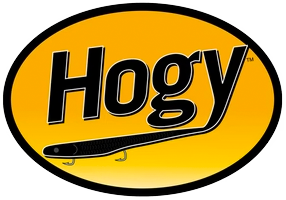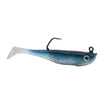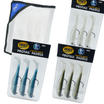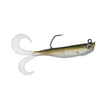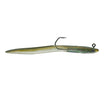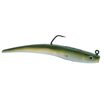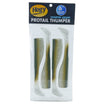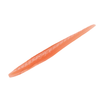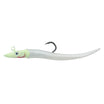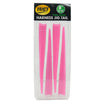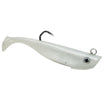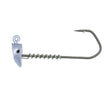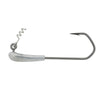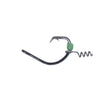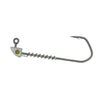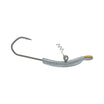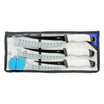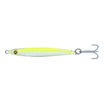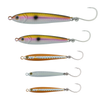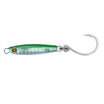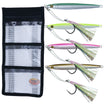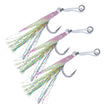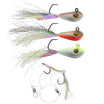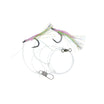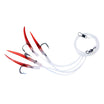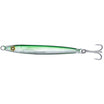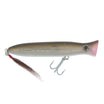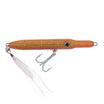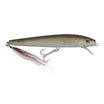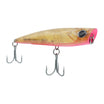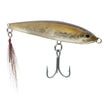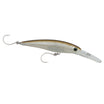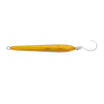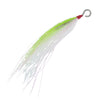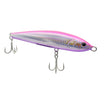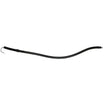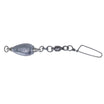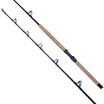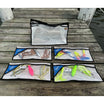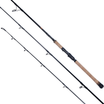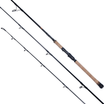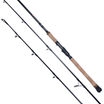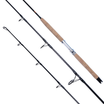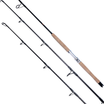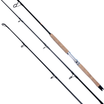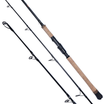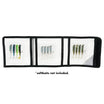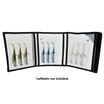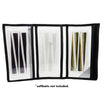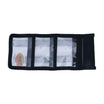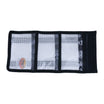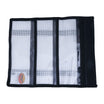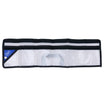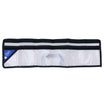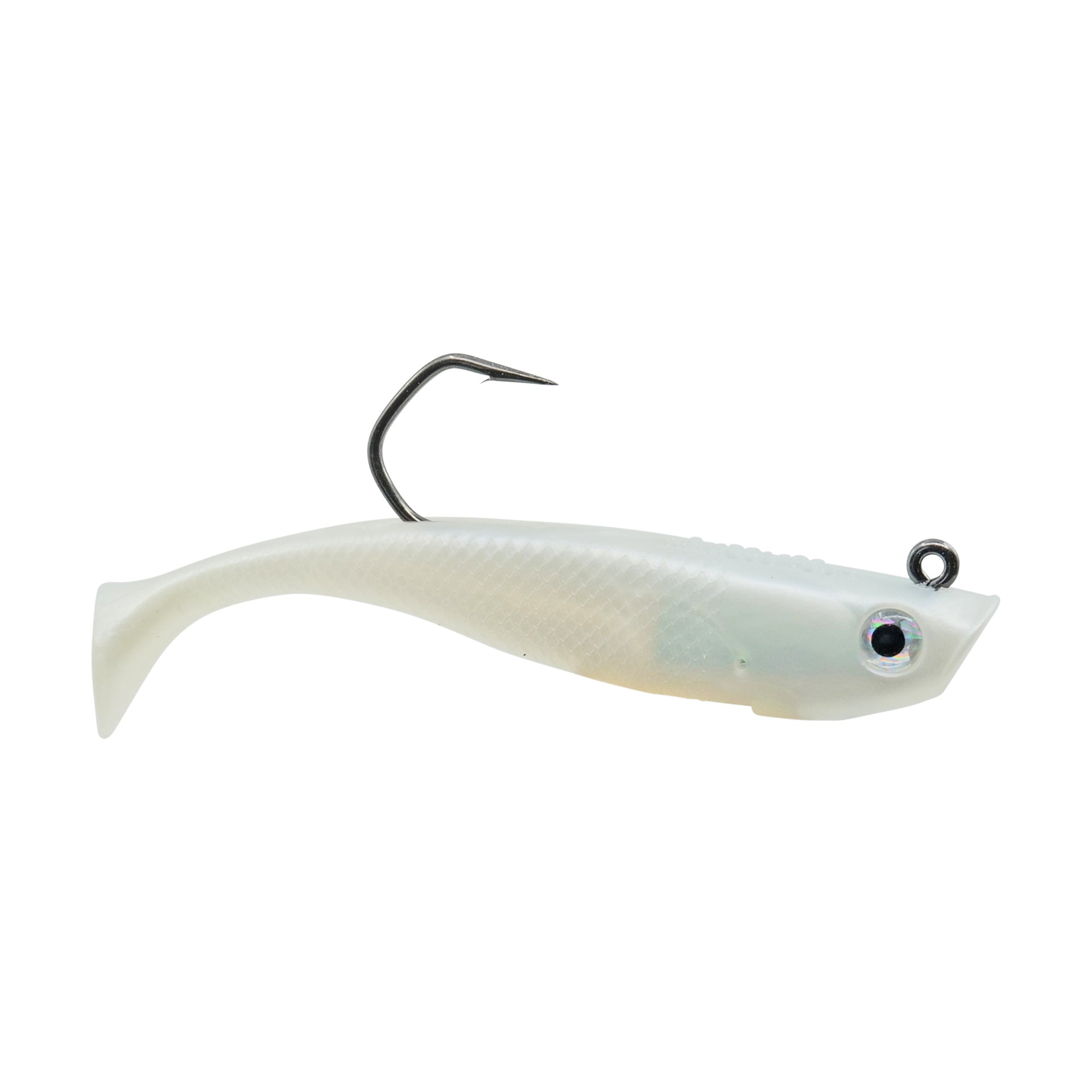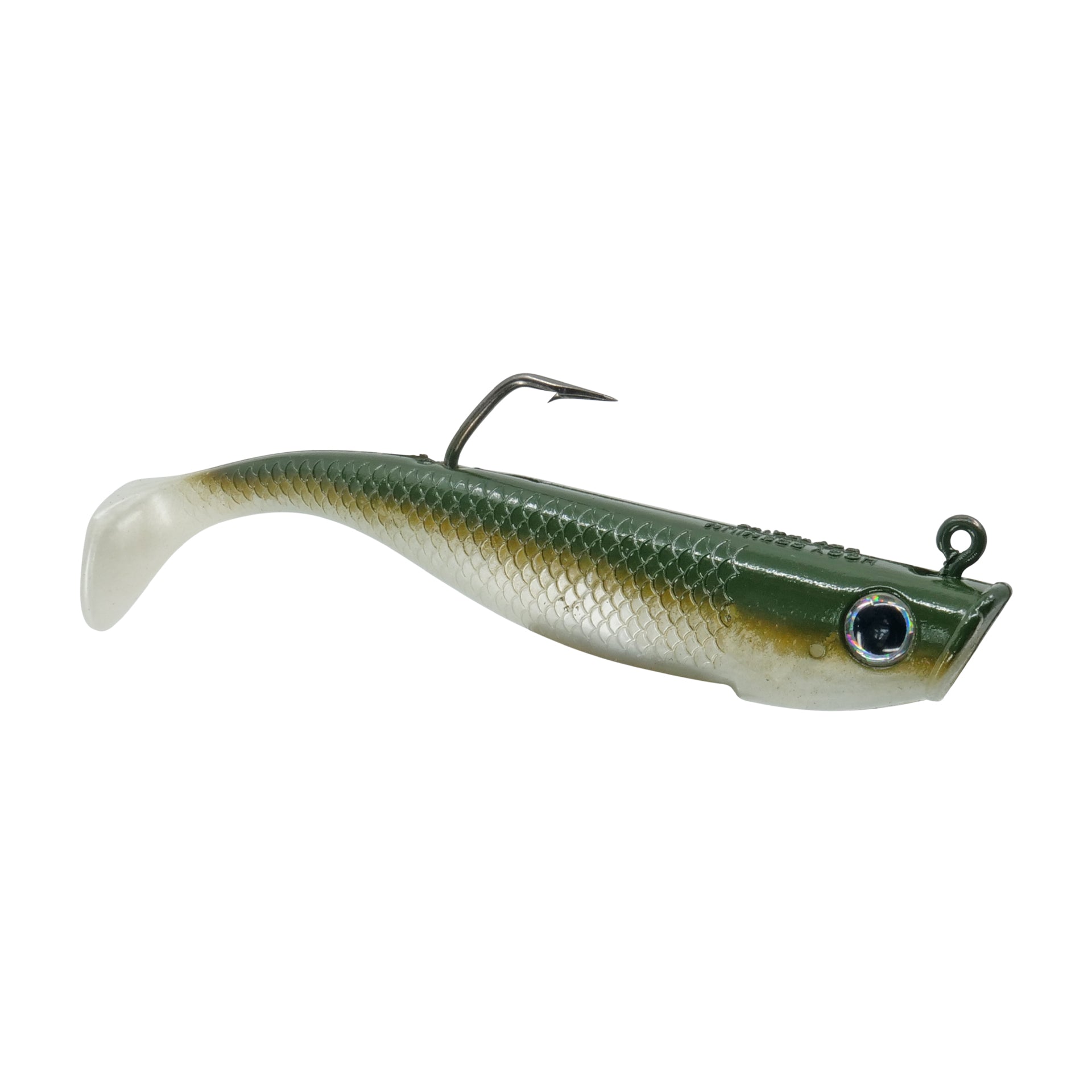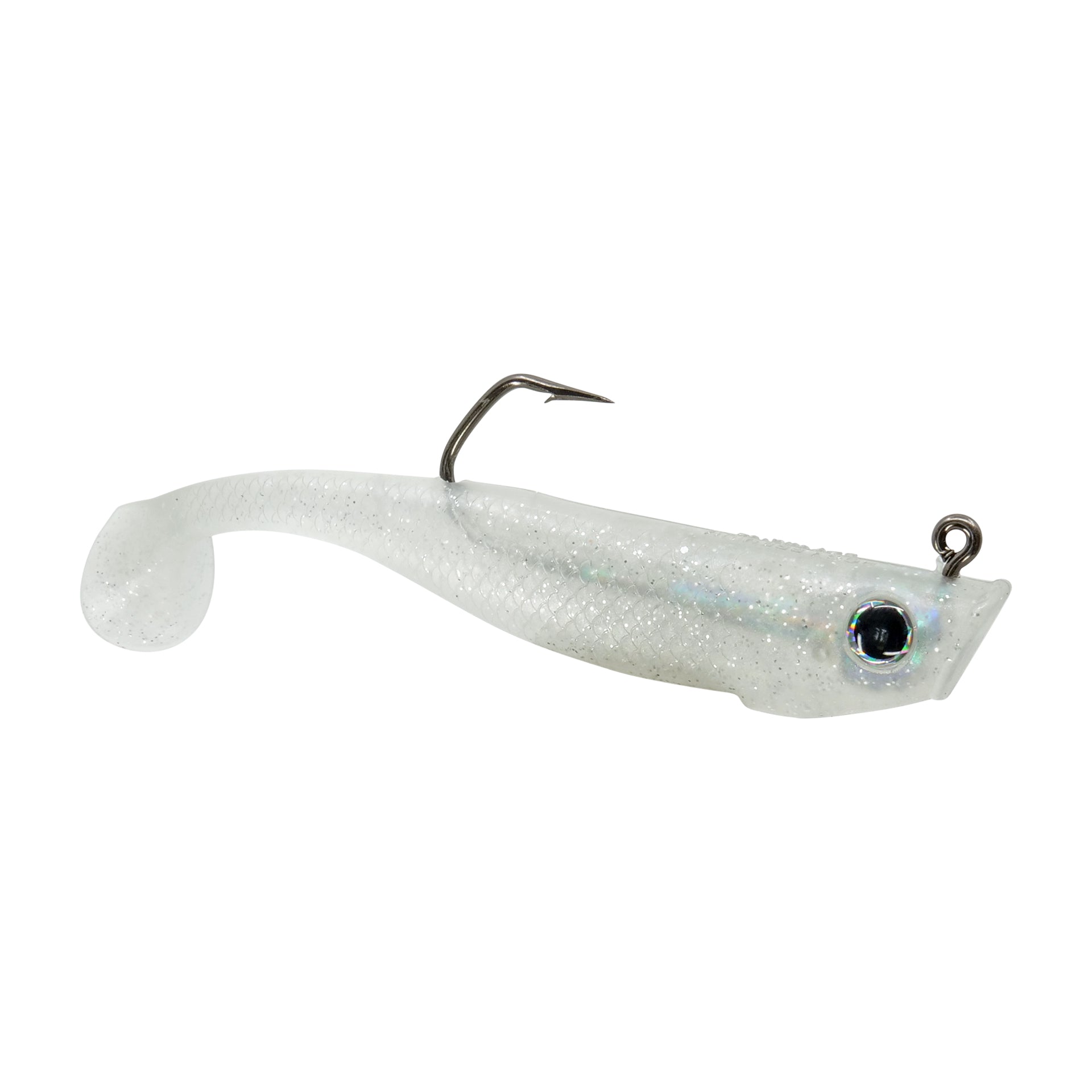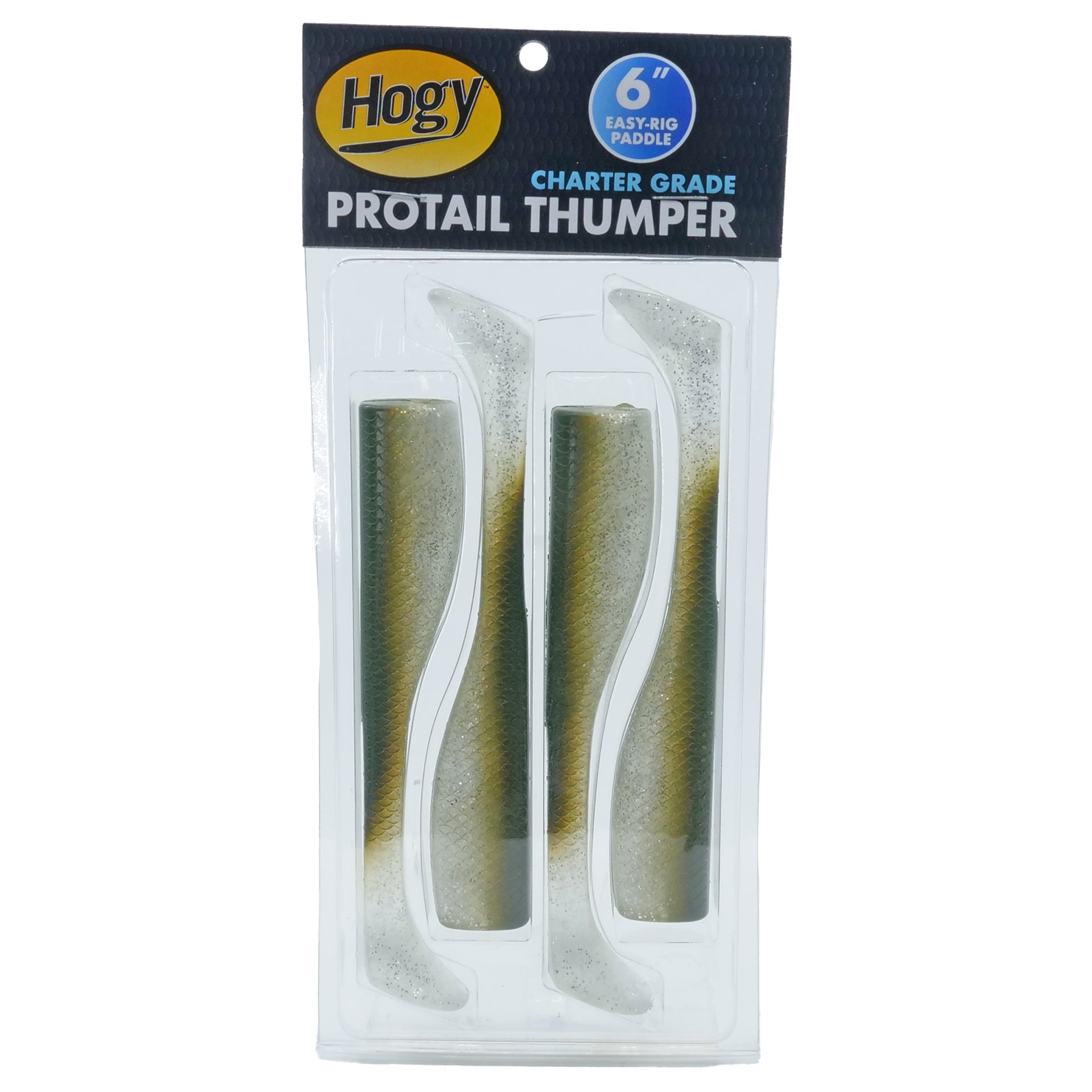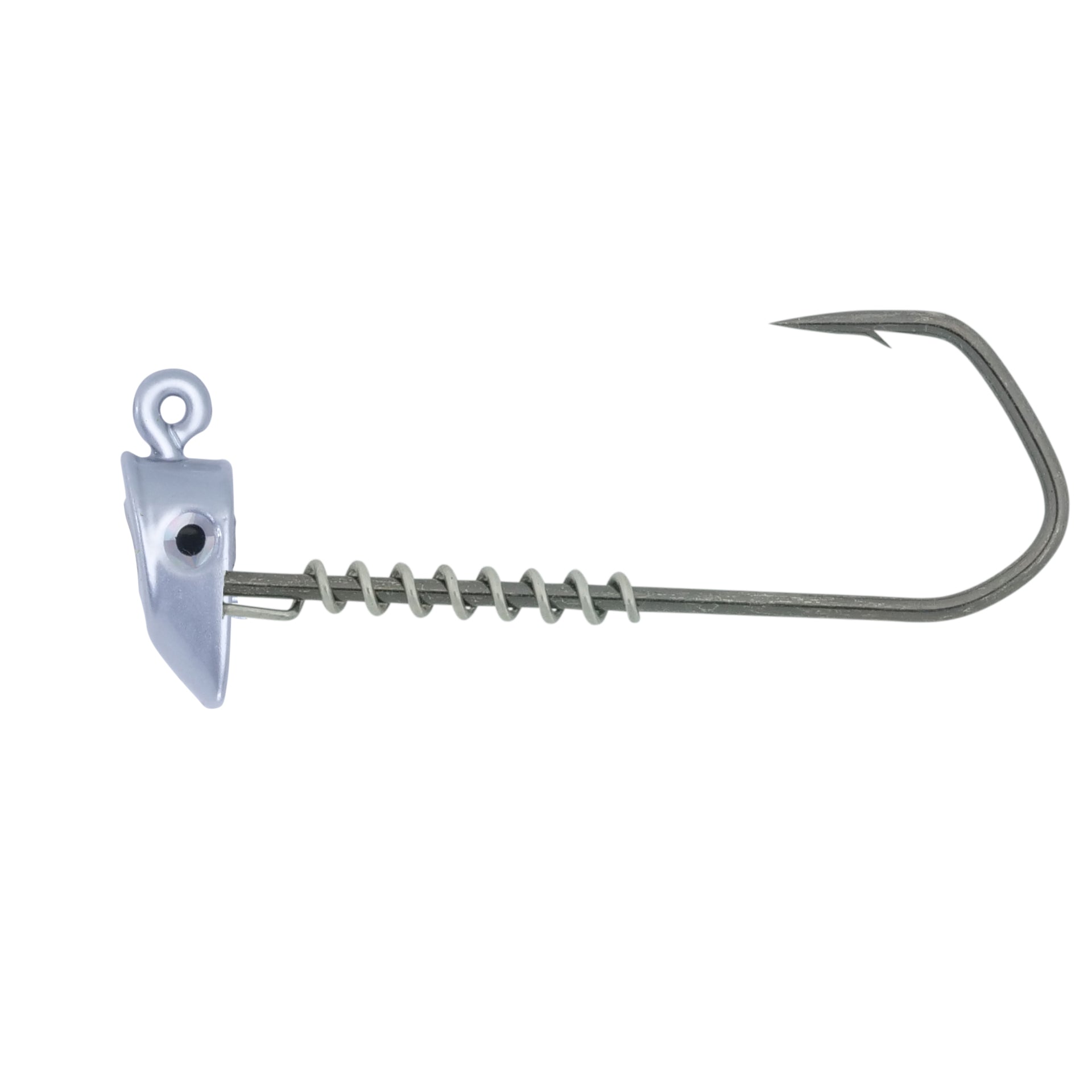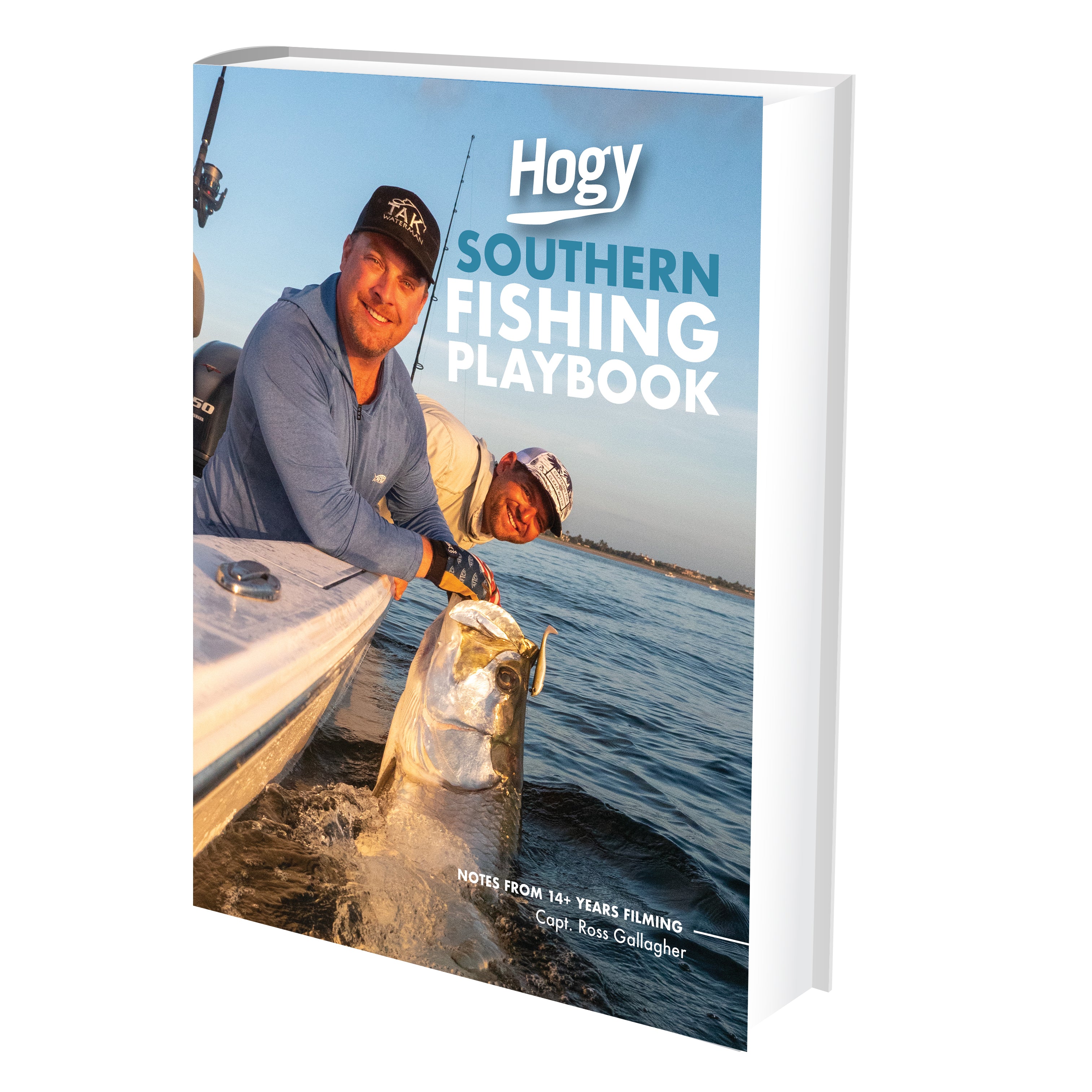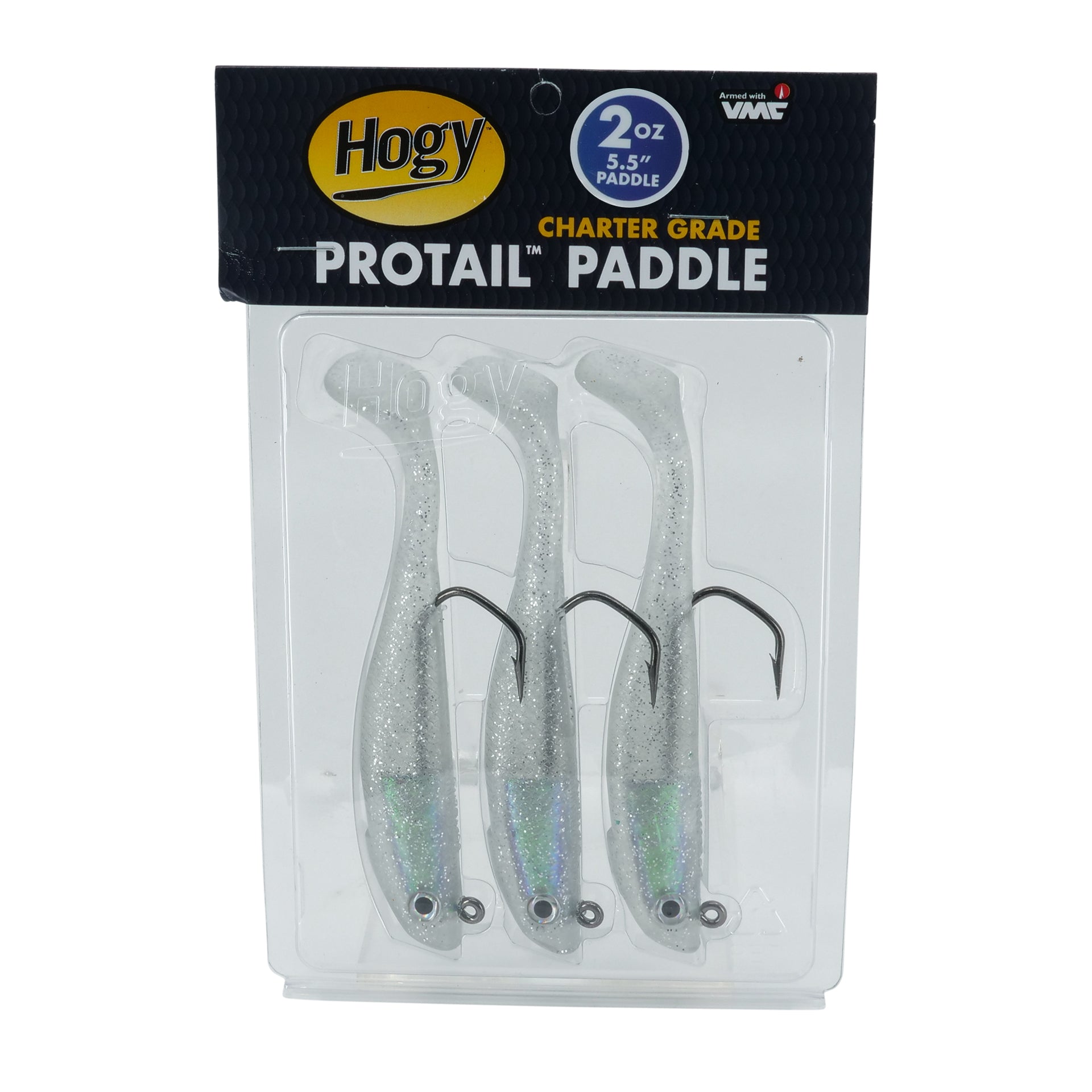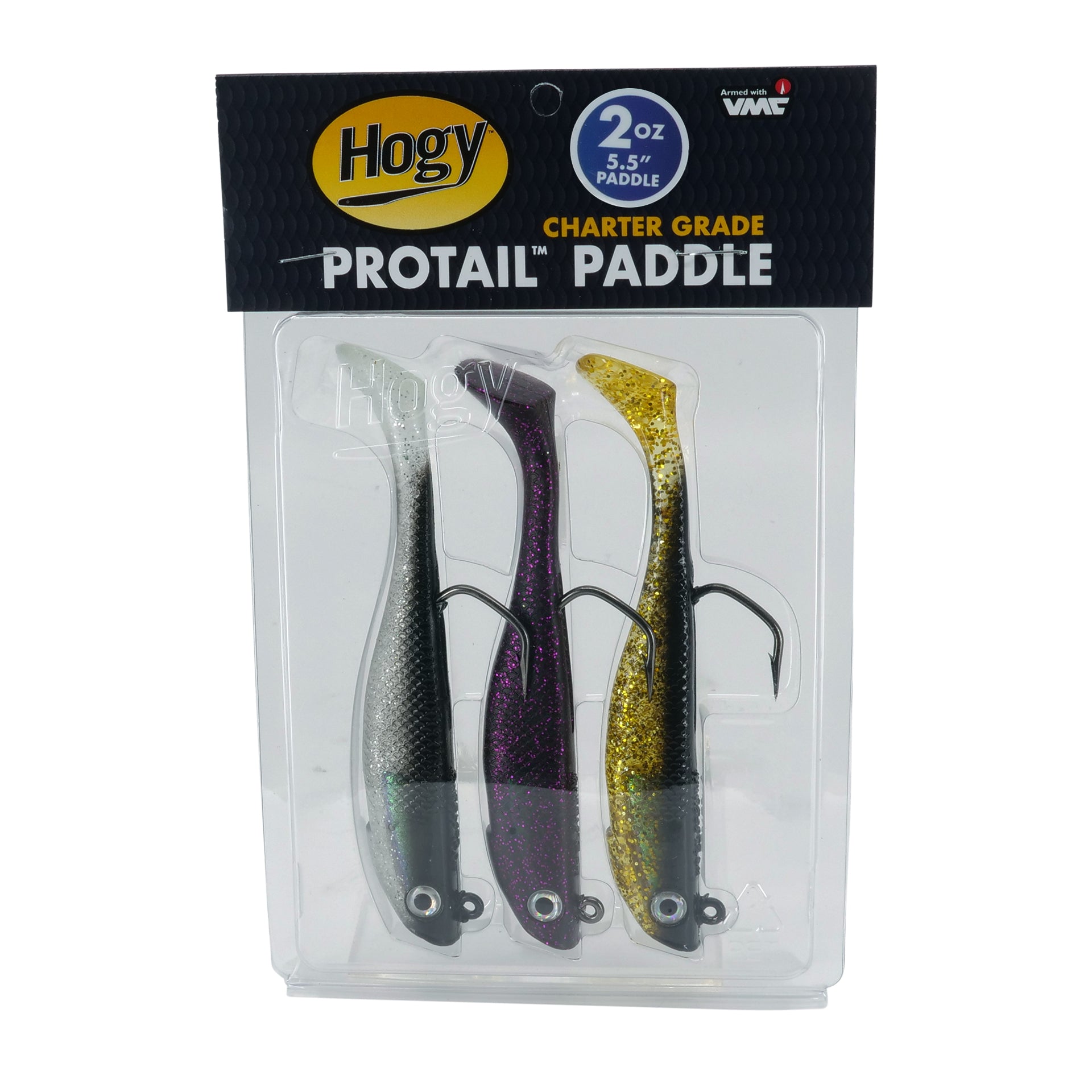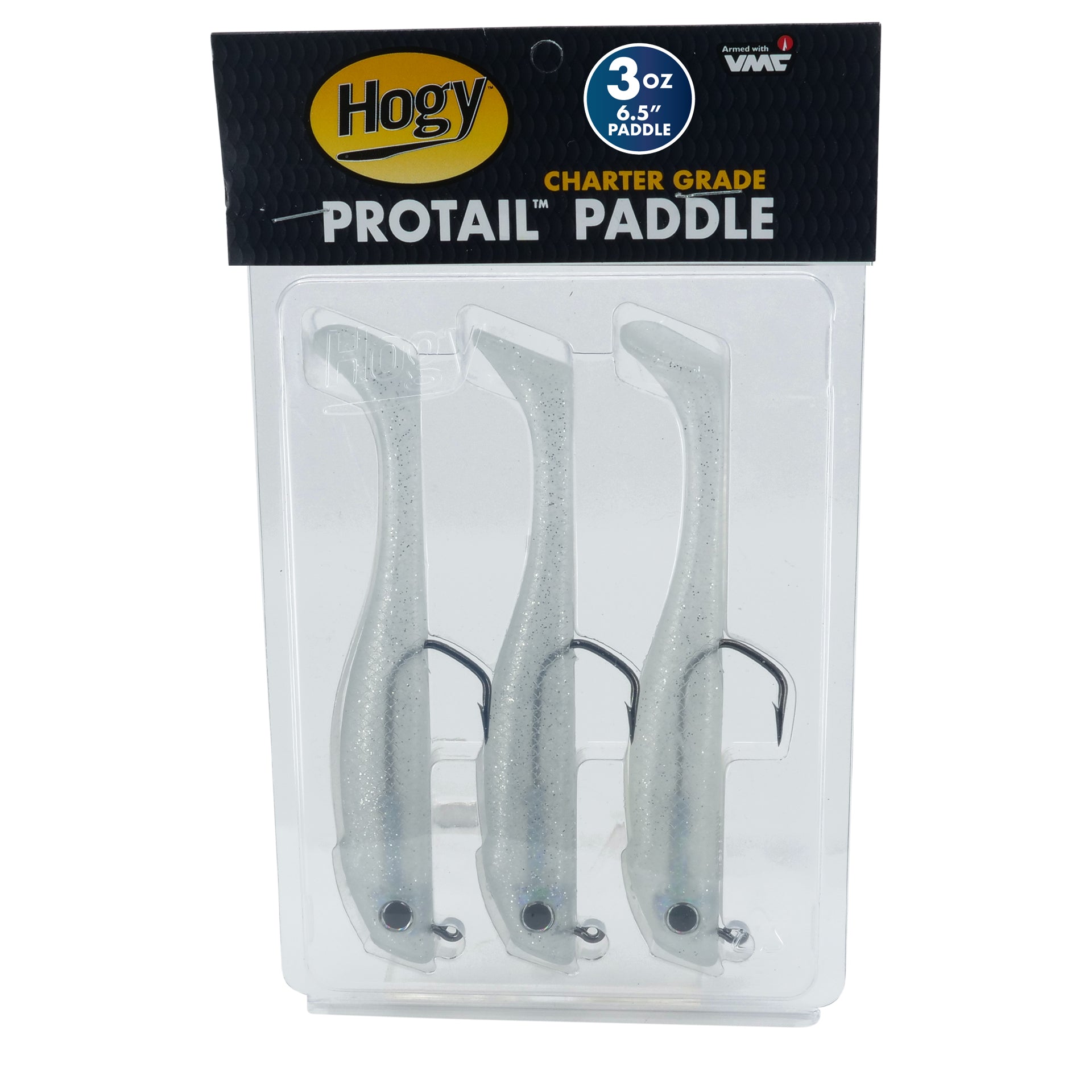How To: Fish Inlets & Deep Water Tarpon
We head out with local Capt, Chris Britton in search of Mid-June tarpon feeding on minnow schools along coastal inlets in fast current. Our bait of choice is the heavier 3oz Hogy Protail Paddle, ideal for fishing the swing in deeper pockets on a fast tide.

Location Break Down: The most productive fishing areas in an inlet will be in close proximity to current breaks and back eddies. Most commonly, these areas will be created near rock jetty formations and abrupt depth changes in the main channel. These depth changes are usually in the form of ledges or sand bars, which can be seen on any navigational chart. Ledges are permanent features, while sand bars can shift position throughout the season.
Shore Fishing the Channel: Depending on the velocity of the tide & current, tarpon may stage up right in the main inlet, feeding on bait flushing. This is a fantastic opportunity for launching large, heavy swim baits to cover a lot of water. My top choice for making these 50 - 90 yard casts are heavy 3oz - 5oz Pro Tail Paddle Swim Baits. They have a perfect profile at 6.5”, which easily imitates a wide variety of forage that may be sweeping out with the tide. The extra heavy weight allows for extreme casting distance and the heavy thumping tail provides enough lift on the retrieve to keep the paddle tail in the upper water column without fear of snagging on the bottom.
Backwash Around Jetties: Take time to visit these inlets and passes during the day to see how water behaves on both incoming and outgoing tides. Take photos of where back eddies form, easily seen by areas of slicked out water behind a rough or choppy area. There are high odds fish will use these disturbed water areas as feeding stations when conditions are right. Many jetties will have these on the outside edges, opposite of the inlet. Water will curl around the point and break direction, causing a large wash area to form. This area has significantly less current, making it an easy spot for fish to hold and wait for bait to swept to them.
Technique: You’ll have the best success making long casts at a 45-degree angle up tide, this will allow your bait to be presented as it’s drifting with the current for about eighty percent of the retrieve. The bottom of inlets are usually littered with limestone and snags, so keeping the bait presented near the surface is key. Fortunately, big paddle tails like the Pro Tails are easy to swim near the surface by keeping your rod tip up and using a constant retrieve. Sub-surface plugs like the Charter Grade Slider are another excellent option for long casting range and a perfect side to side swimming motion in the feeding zone one to five feet below the surface.
Gear List:
Rod: Sewell Tenax 7' MH Spinning
Reel: Shimano Saragosa 10k
Line: Power Pro 50lb Braid
Leader: 60lb Fluorcarbon
